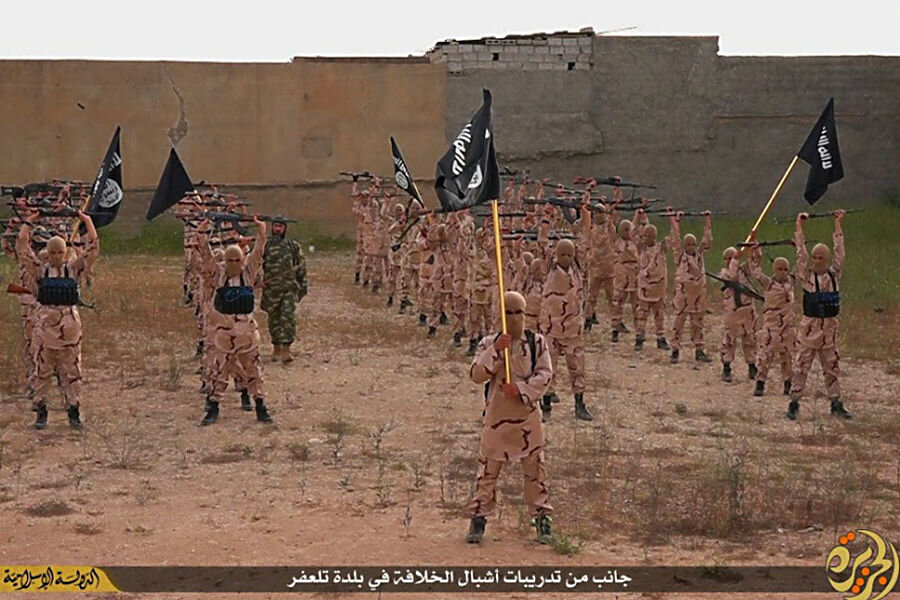Inside the cubs' den: How ISIS trains its child soldiers
Loading...
A 14-year-old Yazidi boy who spent nearly five months in an ISIS training camp before escaping has revealed the details of his training and indoctrination, apparently designed to undermined their innocence and sense of humanity.
The boy, who was renamed Yahya after being abducted by Islamic State militants, says he and the other “cubs” – young boys in IS training – underwent eight to 10 hours of training a day. This training primarily consisted of exercise, weapons training, and studying the Quran.
One particularly chilling exercise involved beheading a doll while pretending it was “the head of the infidels.”
"I was scared," Yahya, who preferred not to reveal his real name for fear of retaliation, said in an interview with the Associated Press. "I knew I wouldn't be able to behead someone like that. Even as an adult."
Yahya was also made to fight his 10-year-old brother, whose tooth he knocked out with one punch.
"I was forced to do that. (The trainer) said that if I didn't do it, he'd shoot me," Yahya said. "They ... told us it would make us tougher. They beat us everywhere with their fists.”
Similar endurance training has been seen in past videos of cub training camps, in which young boys are punched, hit with poles, and even walked on by their instructors.
Another young boy who spent time in an IS training camp last year before eventually being pulled out of the camp by his father told CNN that he and the other boys were forced to watch disturbing acts of violence, including the crucifixion of a young man who did not fast for Ramadan and the stoning of a woman who committed adultery.
“The goal of these camps is not to take the cubs to the battles, but to prepare them for the battles in the future,” an ISIS spokesman told NBC News. “If some of them are taken to the battles, they stand in the back rows in order to see how to fight and hear the explosions and to see the wounded and the dead.”
This recruitment of the young is reflected in the growing presence of children in ISIS propaganda videos. The first video of an execution performed by a child was released in early January and showed a boy shooting two men accused of being Russian agents.
Earlier this month, a video thought to be filmed in May made headlines for its chilling content: 25 young teenage soldiers shooting 25 Syrian soldiers in front of a crowd of hundreds of people. And last week, the Islamic State released on online video that showed a young boy beheading a Syrian soldier; the first documented beheading by a “cub.”
In addition to its role as terror propaganda, the brainwashing of children seems designed to send the message that ISIS is planning for a long war. And Abu Ibrahim al-Raqqawi, a founder of the group "Raqqa is Being Slaughtered Silently,” which opposes ISIS, apparently accepts that message.
"It will be a matter of generations," al-Raqqawi told CNN. "It will take maybe 20 years, 30 years. It's a long, long process and it's very dangerous.”








